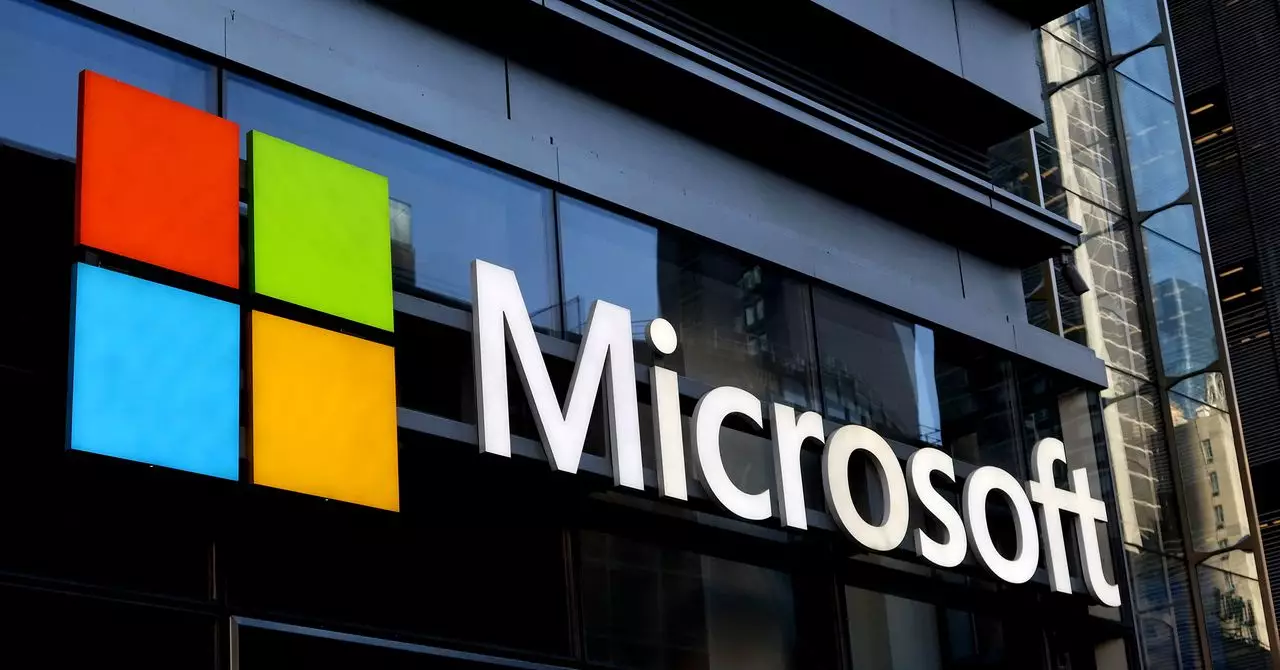Microsoft’s recent AI breakthrough signals a pivotal moment in medical technology, leaning into what could become the future standard for healthcare diagnostics. Mustafa Suleyman, head of Microsoft’s AI division, claims that their newest AI system marks “a genuine step towards medical superintelligence.” This bold assertion is underpinned by the system’s extraordinary performance: an 80% accuracy rate in diagnosing illnesses across varied clinical scenarios—four times better than human doctors in the same test. Such an impressive claim is not merely hype but a reflection of a carefully orchestrated approach to AI integration within diagnostic procedures.
SDBench and MAI-DxO: Mimicking Human Diagnostic Reasoning
What sets Microsoft’s approach apart from previous AI diagnostic tools is how closely it simulates the intricate process that human physicians use to diagnose patients. The company created the Sequential Diagnosis Benchmark (SDBench), an innovative test derived from 304 real-life medical cases documented in the New England Journal of Medicine. Unlike earlier AI models that simply match symptoms to possible diseases, Microsoft’s system, dubbed MAI Diagnostic Orchestrator (MAI-DxO), breaks down diagnosis into a stepwise reasoning process. This process mirrors how doctors analyze evolving symptoms, order diagnostics, and revisit conclusions.
Notably, MAI-DxO orchestrates multiple AI models simultaneously—including industry leaders such as OpenAI’s GPT and Google’s Gemini—creating a “chain-of-debate” among AI agents that simulates a collaborative panel of experts. This kind of AI synergy challenges a long-held notion that medical diagnosis must be a solitary human endeavor, replacing it instead with a more efficient, multifaceted AI dialogue. The results speak for themselves: not only is accuracy vastly improved, but the system also reduces healthcare costs by 20% by recommending more cost-effective tests.
The High-Stakes AI Talent Race in Healthcare Innovation
Microsoft’s movement aggressively pushing into this space is accompanied by its strategic recruitment of AI experts, including prominent figures from Google. This reflects an intensifying war for top-tier AI talent, underscoring just how crucial artificial intelligence has become in shaping future industries. Suleyman himself has deep roots in Google’s AI projects, highlighting the cross-pollination of talent that fuels rapid advancements.
However, as Microsoft develops these AI superintelligence tools, the industry must not overlook the critical concerns regarding data bias. Medical AI models are only as good as the data they learn from, and skewed datasets—too often centered on demographics from certain regions or populations—can propagate significant disparities in healthcare outcomes. While Microsoft’s project shows promise, ensuring equitable and unbiased application remains a formidable challenge.
The Promise and Implications of AI-Driven Healthcare
The implications of integrating AI tools like MAI-DxO into everyday medical practice are vast. For one, AI-driven diagnostics could democratize access to expert-level medical consultation, particularly in regions lacking sufficient healthcare professionals. Microsoft hints at the possibility of incorporating this technology directly into consumer-facing platforms like Bing, allowing laypeople to get preliminary insights into their health conditions. This raises both exciting prospects and ethical considerations about the role of non-expert users accessing potentially sensitive health advice.
Moreover, beyond aiding patients, such AI systems could become indispensable partners for healthcare professionals, assisting or even automating the decision-making process in complex cases. The operational cost reductions suggest these AI tools could alleviate some of the economic burdens that plague healthcare systems, particularly in the costly US market.
A Paradigm Shift Away from Traditional Diagnostic Methods
Microsoft’s approach markedly differs from earlier medical AI research by moving away from treating the diagnostic process as a single-step classification problem. Instead, it adopts a layered, incremental methodology that humans have honed through decades of clinical practice. This shift toward a reasoning-based AI model represents a more sophisticated integration of artificial intelligence with human cognitive patterns. It suggests a future where AI doesn’t just augment medical professionals but reasons alongside them, perhaps even outthinking human biases and errors.
Though the technology is not yet commercialized, Microsoft’s commitment to continuing real-world testing foretells a rapid path forward. We are witnessing an unfolding revolution where AI could begin to not just match but eventually surpass the nuanced capabilities of human diagnosticians, improving accuracy and affordability in one of the most critical human services: healthcare.

